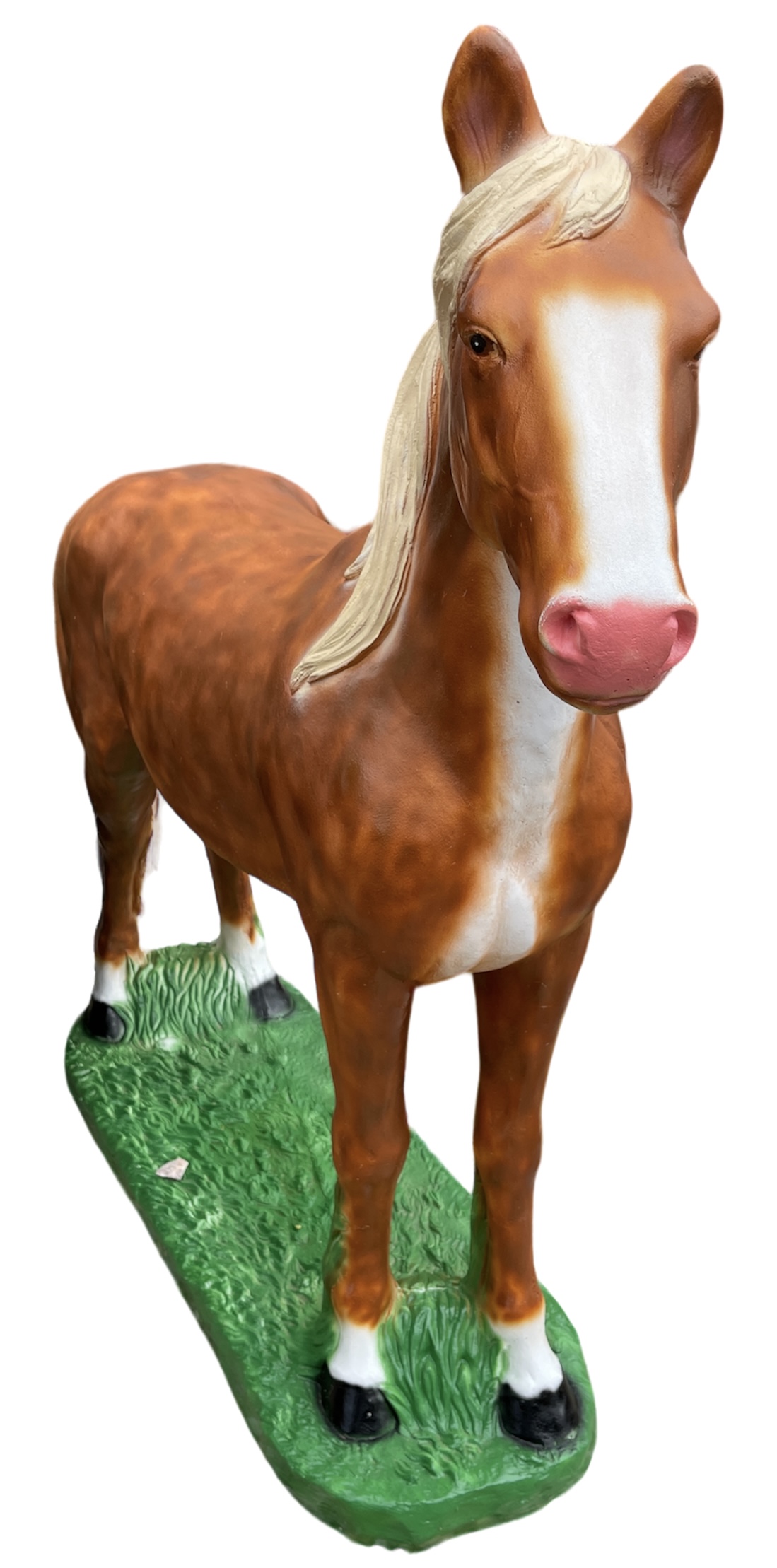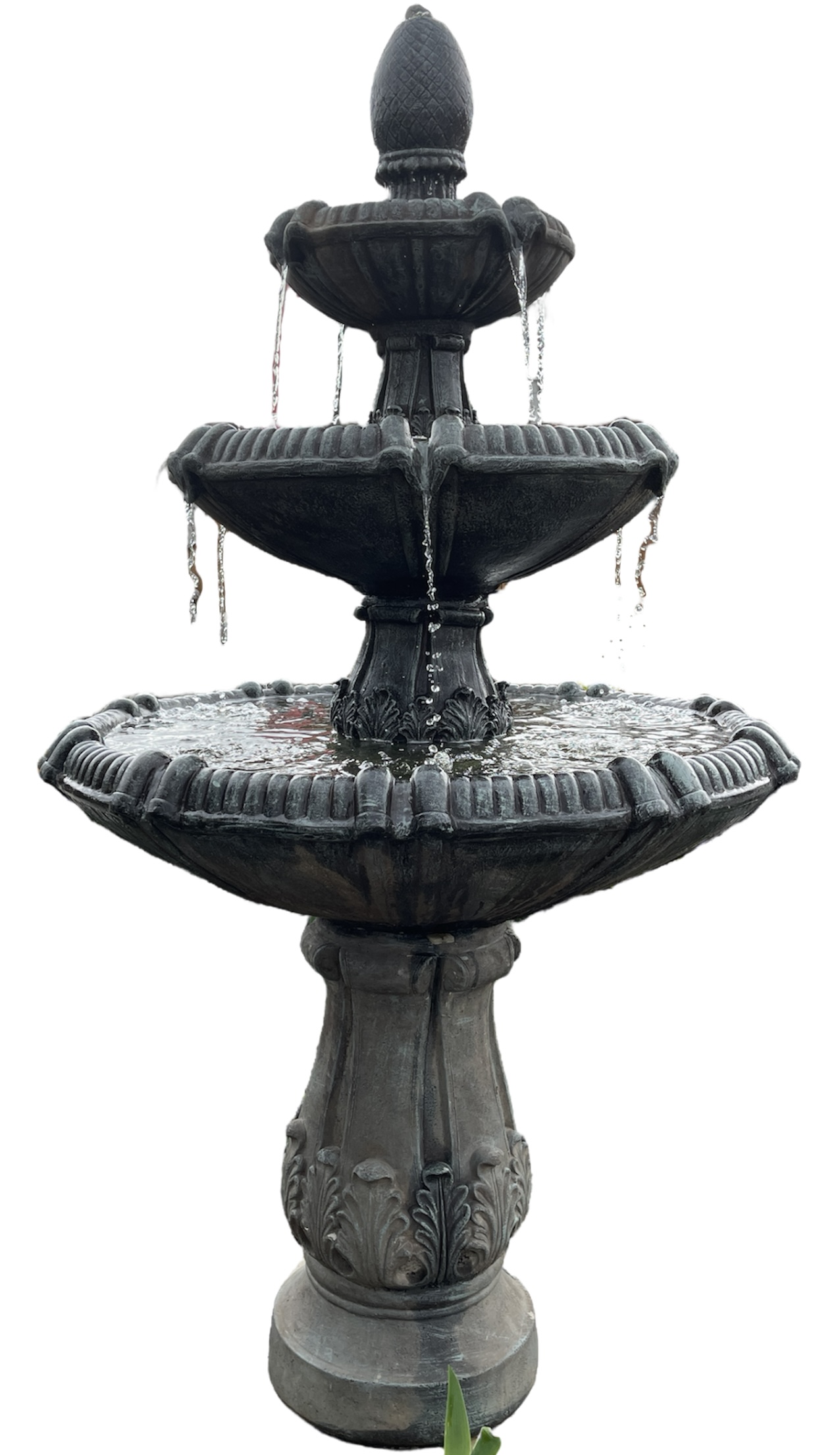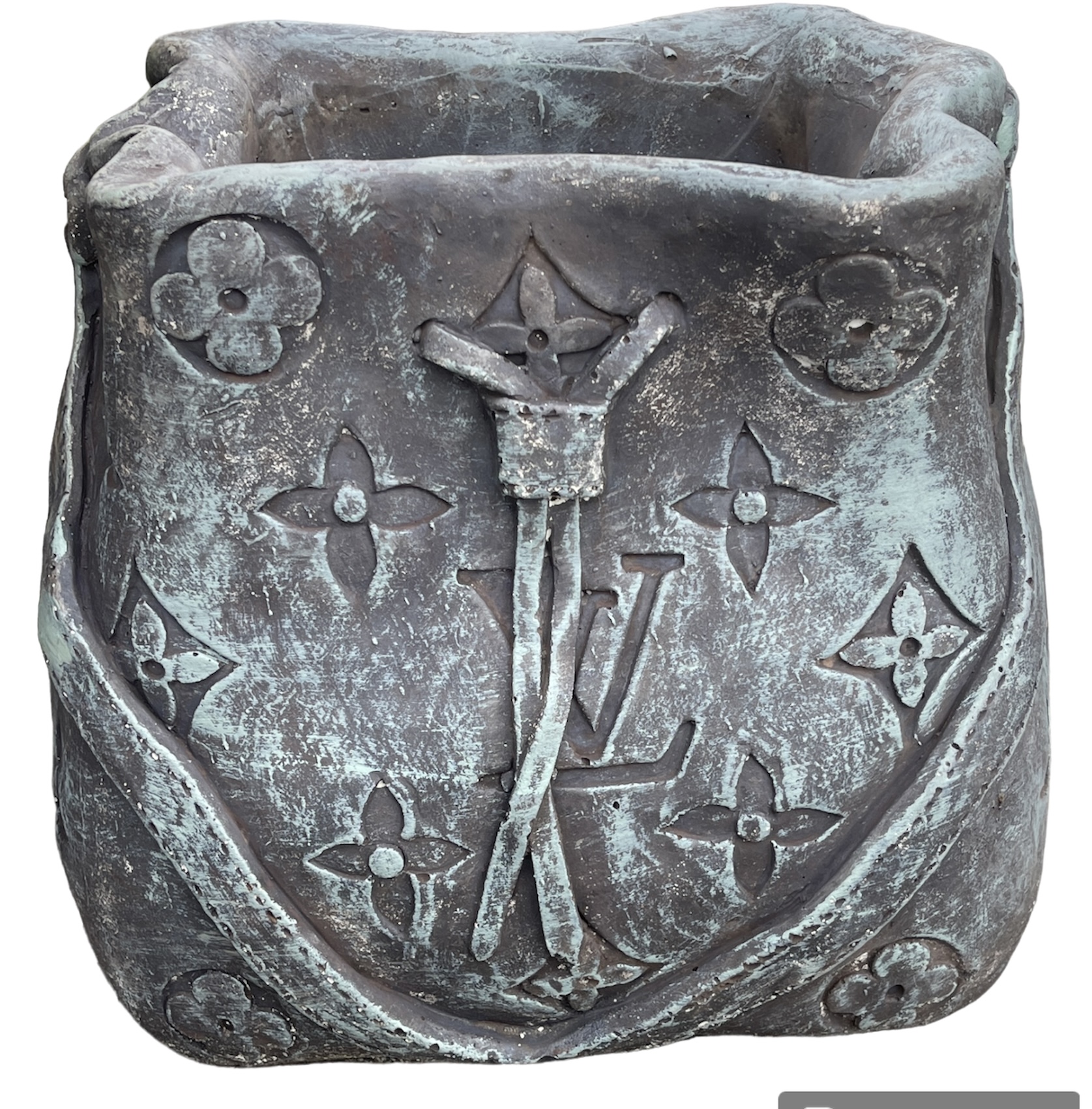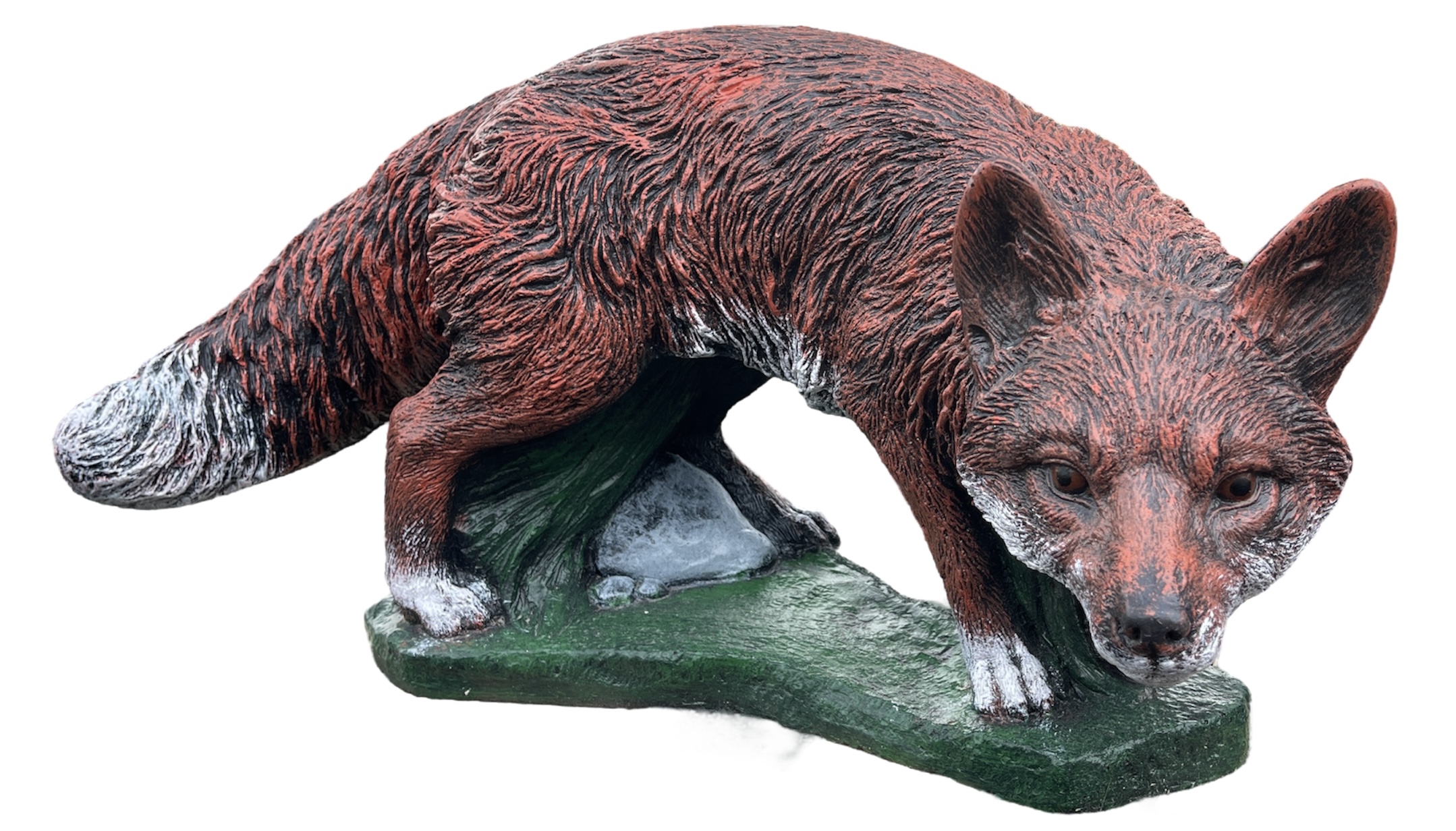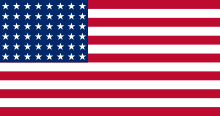When a customer comes in with green water, there are many things that could be contributing to the problem. Oftentimes our staff will ask what seems like a thousand questions before they can give you a definitive answer on what’s causing your water to be discolored. At Harper’s, we try to solve the problem completely rather than temporarily treating it. There can be an overwhelming amount of information thrown at our customers at one time when discussing water clarity, so to simplify matters, here is a cheat sheet…
Would a water sample help figure out the problem?
No. A lot of people are mistaken between water CLARITY and water QUALITY. The clarity of your water has almost nothing to do with the actual quality of your water. Water sample testing tests for things such as pH, ammonia, water hardness, nitrates, and nitrites. Even if all of those things test right on point, you still could be experiencing green water. (If you use natural products such as Clarity Max, a pH level lower than 6.5, and higher than 8.5, can reduce the effectiveness of the product.)
Should I do a complete water change?
No. It sounds like a good idea, but new water will start to turn green just days after filling your pond. Water takes about 30 days to “cycle.” During that 30 day period, most ponds go through a period of discoloration. This is due to a lack of established beneficial bacteria. Beneficial bacteria absorbs nutrients that could potentially feed algae and green water. In summary, by taking out 100% of your water, you are destroying the established beneficial bacteria that helps keep your water clear. No more than a 50% water change should be done at one time.
Am I feeding my fish too much?
To help maintain a clean pond, our staff recommends not feeding your fish more than twice a week. The more you feed the fish, the more waste they put in the pond. By feeding your fish more than twice a week, you are not allowing the beneficial bacteria enough time to break down the fish waste and uneaten fish food. If you cut back on your fish’s food consumption, they will be forced to feed on other things in the pond such as plants, debris on the bottom of your pond, and even algae. If you allow them, the fish will actually help clean your pond. Feeding a high quality food such as Microbe Lift can help the clarity of your water. Trapdoor snails are also good for helping clean your pond.
How often should I be cleaning my filter?
In the beginning of the season, most people find that they have to clean their filter almost everyday until it clears up. Depending on your fish and plant load, you may have to continue to clean your filter everyday throughout the entire summer. Cleaning your filter is the only way to get floating debris out of your pond. The more natural filtration you have, the less you’ll need to clean your filter. For example, plants are a great form of natural filtration. Anachris, water hyacinth, water lettuce, and parrot feather are good examples of plants for filtration. Plants also help absorb nutrients in the water which will cut down on your algae bloom and green water.
Do you have an excess of debris on the bottom of your pond?
Overtime, debris builds up in the bottom of your pond. This is something that happens naturally and is almost impossible to stop. Leaves fall in your pond, fish waste eventually builds up, pollen from flowers floats into your pond, and even waste from animals such as birds will eventually cover the bottom of your pond. All of these factors directly contribute to algae bloom and green water. At Harper’s, we rent out a pond vacuum that allows you to quickly and easily rid the bottom of your pond from years of debris. Another way to help decrease the build up of debris on the bottom of your pond is an aerator. Aerators promote the growth of beneficial bacteria, agitate debris on the bottom of your pond, and feed it into your filter system.
Do you have a big enough pump?
To allow for optimal filtration, we recommend turning your water over at least once every hour. To put it simply, if you have a 500 gallon pond, you should be pulling at least 500 gallons of water per hour through your filter system. This way in one hours time, every single bit of water in your pond has been filtered.
Do you have a UV light?
UV lights can only sterilize and kill what flows through them. In other words, UV lights will not kill string algae. However, UV lights do help clear your water, kill harmful bacteria, and will also kill any waterborne fish diseases.
Do you treat your pond with any products?
Without the use of a UV light, most ponds will not stay clear without the use of products. At Harper’s, our staff treats our ponds at least once a week. Clarity Max and D-Solv are the only two products we use routinely. Both of these products are available for purchase in the water garden center. D-Solv is an algaecide which will help stunt, and prevent, algae growth. D-Solv will also clear your water, regardless of the color. Clarity Max is a two-in-one product. It contains beneficial bacteria as well as small barley pellets. Beneficial bacteria helps break down, and absorb build up on the bottom of your pond. Barley helps weaken and kill algae. While your water is green, your product at the maximum application rate. Once your water clears up, you can cut the dosage in half.
Do you have an overpopulation of fish?
Our staff only recommends one inch of goldfish for every five gallons of water. When discussing koi, you should only have one koi per 250 gallons for optimal growth and health. However, with a sufficient filtration system, you can often times exceed these numbers.
















